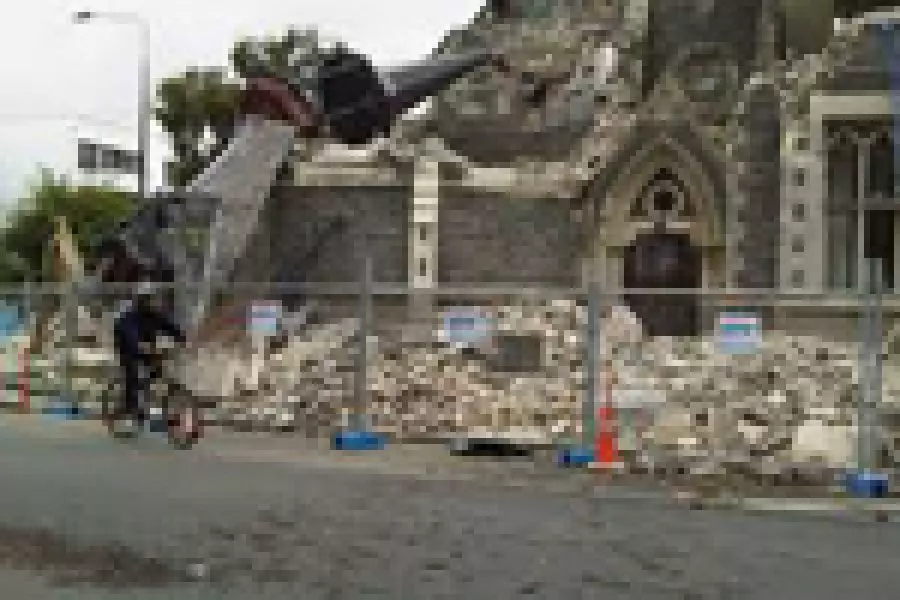News
Remove barriers to earthquake proofing

Wednesday 16th of March 2016
The Property Council has urged the government to remove barriers facing building owners for assessing and upgrading their buildings against earthquakes
The Council’s chief executive Connal Townsend said there is a need for seismic assessments and earthquake upgrades of buildings – yet building owners face obstacles when doing so.
One of these could be tax as the IRD...
Want to read the full article?
Click the button below to subscribe and will have unlimited access to full article and all other articles on the site.






![[The Wrap] Bye Bye Bayly](https://goodreturns.publit.io/file/c_fill,w_900,h_600/39f23ac1-f7c7-4854-b700-a150004ebbac.webp)


